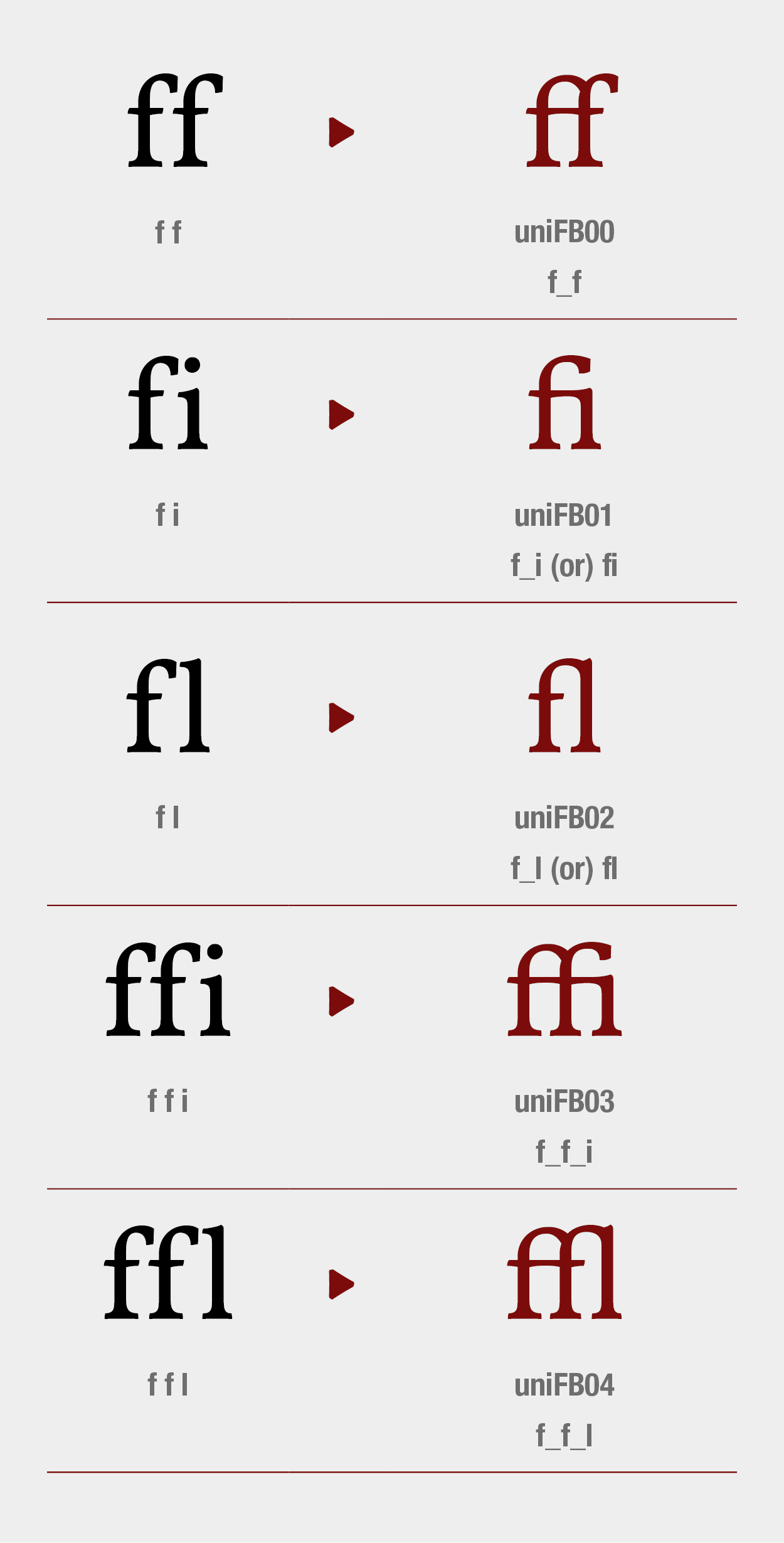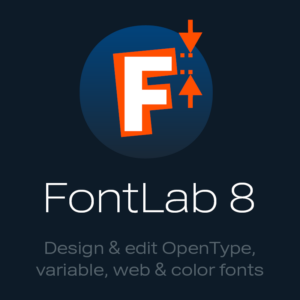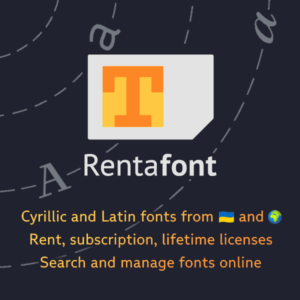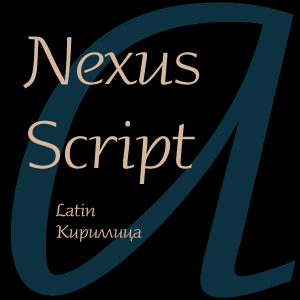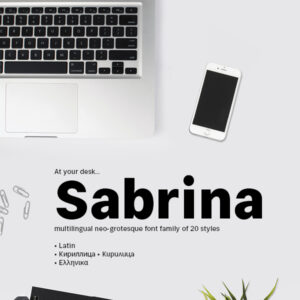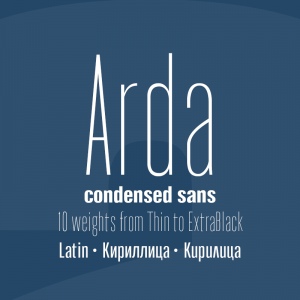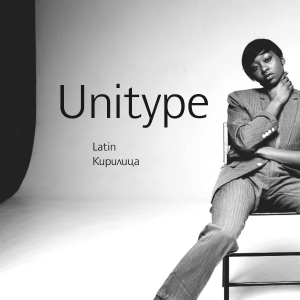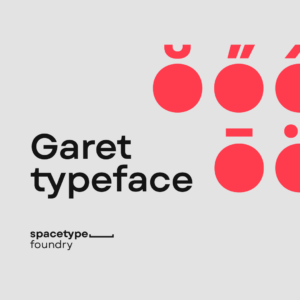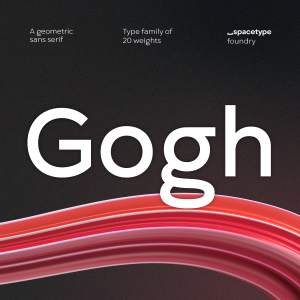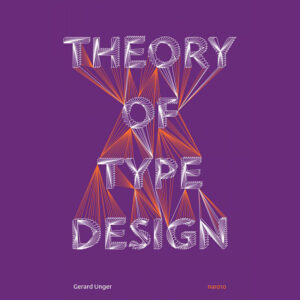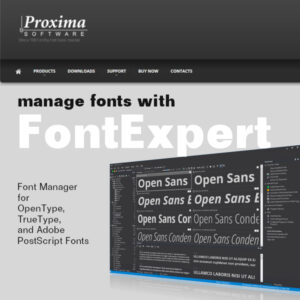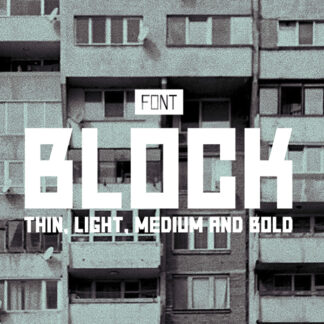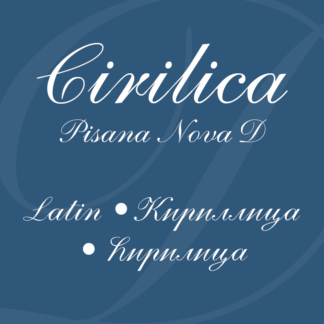Cyrillic Local FeaturesLatin Local Features
Standard Ligatures | Feature Liga
Please click the picture to see it enlarged.
Standard Ligatures | Feature Liga
feature liga {
sub f f i by f_f_i;
sub f f l by f_f_l;
sub f f by f_f;
sub f i by fi;
sub f l by fl;
} liga;
Since all the rules in this feature are of the same type, they will be grouped in a single lookup.
Since no script or language keyword has been specified yet, the lookup will be registered for this feature under all the language systems.
Important
Microsoft in its OpenType® specification explains the tag LIGA in such a way: “Replaces a sequence of glyphs with a single glyph which is preferred for typographic purposes. This feature covers the ligatures which the designer/manufacturer judges should be used in normal conditions.”
There are only 5 standard ligatures in Unicode.
uniFB00; uniFB01; uniFB02; uniFB03; uniFB04.
It’s not very reasonable to extend this quantity, because the standard ligatures should be active by default in most applications and if you put more ligatures in feature liga, it could lead to some problems (with spellcheckers, PDF files etc.).
Notice also that fi and fl ligatures do not adhere to the naming convention. The reasons are historical. Although you should have in mind Georg Seifert’s remark: “For final glyph names you should always use the AGLFN names and uniXXXX otherwise. There gives best compatibility (with PDF but also if someone needs to open your files)”.
Further Readings
Glyphs: Ligatures
FontLab VI Help: OpenType Features
Practical Typography: Ligatures
Microsoft: Tag: ‘liga’
Adobe: AFDKO: [GSUB LookupType 4] Ligature substitution
Remarks

Stefan Peev
graphic designer and typographer from Bulgaria
If you like this site and find it useful, help us to make it better by giving feedback, suggesting improvements or by donation.


